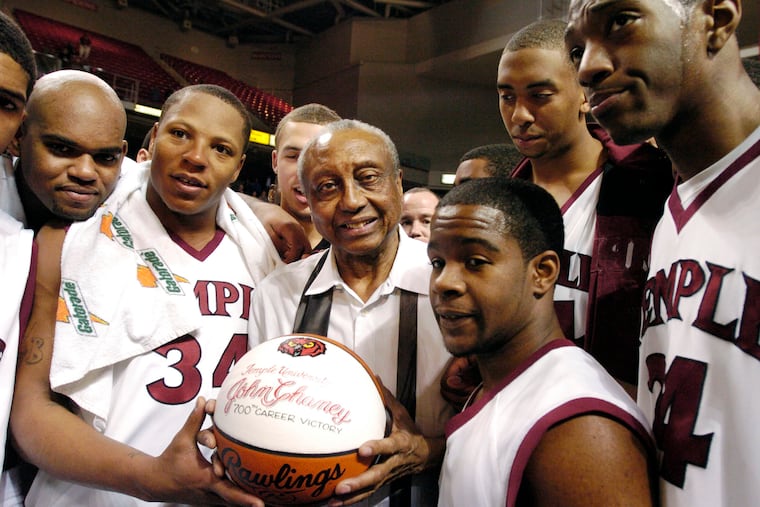John Chaney, legendary Temple University basketball coach, dies at 89
Chaney led Temple to five appearances in the NCAA Elite Eight, the last trip in 2001, the year Chaney was inducted into the Naismith Memorial Basketball Hall of Fame.

Chaney led Temple to five appearances in the NCAA Elite Eight, the last trip in 2001, the year Chaney was inducted into the Naismith Memorial Basketball Hall of Fame.
